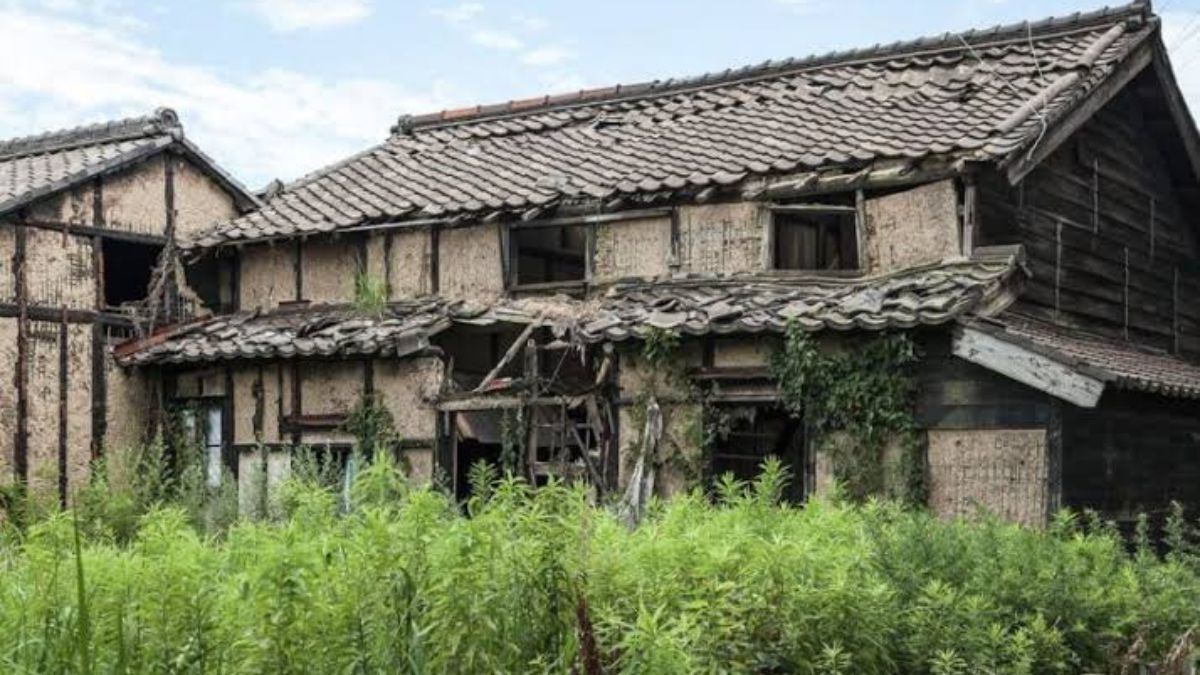 Image Credit: The Tatva
Image Credit: The Tatva
As Japan grapples with a significant population decline, an unexpected opportunity has arisen in the form of its vacant homes. The increasing interest in renovating and repurposing these abandoned properties offers a potential solution to some of the country’s demographic and economic challenges. This trend is breathing new life into rural areas, providing affordable housing, and revitalizing communities.
In recent years, Japan’s surplus of vacant homes, known locally as “akiya,” has become more than just a demographic symbol; it’s now a beacon of opportunity for foreign buyers looking to invest in affordable, traditional Japanese architecture.
The presence of so many abandoned properties poses various issues, from decreased property values to the deterioration of community cohesion. However, these vacant homes also represent untapped potential for revitalization.
Tokyo-based consultancy Parthenon Japan has been instrumental in facilitating this influx of interest, guiding overseas buyers through the intricacies of acquiring and inhabiting rural akiya. According to Parker J. Allen, the firm’s CEO, the allure of these homes lies not only in their affordability but also in their intrinsic appeal—ranging from handcrafted transoms to retro Showa-era lighting fixtures.
Professor Hiroko Saito of Yokohama City University underscores the potential cultural benefits of integrating more foreign residents into local communities, suggesting that their presence could unveil hidden charms and revitalizing neglected neighborhoods.
The renewed interest in Japan’s vacant homes offers a hopeful perspective amid the challenges of population decline. With continued support from the government and a growing appreciation for rural living, this trend could lead to more sustainable and vibrant communities across the country.
Efforts to repurpose vacant homes are not only addressing the issue of abandoned properties but also contributing to broader goals of economic revitalization, cultural preservation, and improved quality of life.
